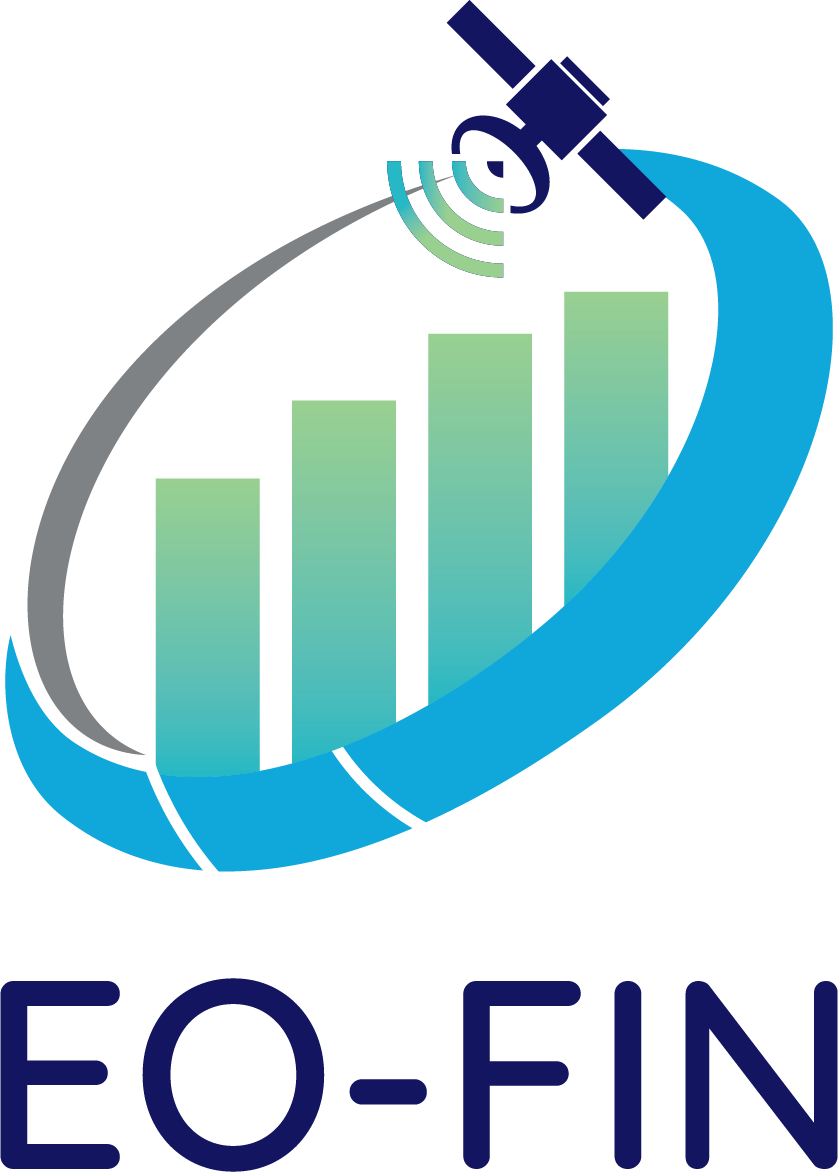Lithology and Surficial Geology Mapping | ||||||||
Lithological classification in the Shibanjing Ophiolite Complex in Inner Mongolia, China using Sentinel-2 and DEM using machine learning methods. (a) k-nearest neighbour (k-NN); (b) random forest classifier (RFC); (c) artificial neural network (ANN); (d) support vector machine (SVM); (e) maximum likelihood classification (MLC) (Source: Ge, W., Cheng, Q., Tang, Y., Jing, L. and Gao, C., 2018. Lithological classification using Sentinel-2A data in the Shibanjing ophiolite complex in Inner Mongolia, China. Remote Sensing, 10(4), p.638.). | ||||||||
Product Category | ||||||||
|
| |||||||
Financial Domains | ||||||||
| ||||||||
User requirements | ||||||||
UN9: Understanding stock levels and monitoring supply chains. | ||||||||
Description | ||||||||
This product provides a spatial characterization of surface rock and soil types based on satellite imagery. These maps can be used by mining exploration companies to know the mineral composition of the area they are exploring. Litho-types can be distinguished based on their spectral signatures, as well as their associations with topographical and geomorphological features, in particular surface texture (roughness) and patterns (including drainage patterns). | ||||||||
Spatial Coverage Target | ||||||||
Mining area | ||||||||
Data Throughput | ||||||||
Rapid tasking Data availability |
|
| ||||||
PRODUCT SPECIFICATIONS | ||||||||
Main processing steps | Lithology and surficial geology maps are produced based on supervised classification techniques. These maps are produced by applying supervised classification algorithms (e.g., machine learning based algorithms) using data from multispectral imagery like Sentinel-2 and other ancillary EO data like DEM. These models should be trained by using reference maps which were generated by in-field surveys. | |||||||
Input data sources | Optical: Sentinel-2 Radar: N.A Supporting data: DEM | |||||||
Accessibility | Sentinel-2: is freely and publicly available through ESA. | |||||||
Spatial resolution | Sentinel-2: 10 m | |||||||
Frequency (Temporal resolution) | Sentinel-2: ~ 6 days | |||||||
Latency | Sentinel-2: ≤ 1 day | |||||||
Geographical scale coverage | Globally | |||||||
Delivery/ output format | Data type: Raster File format: GeoTiff | |||||||
Accuracies | Thematic accuracy: 75-85% Spatial accuracy: 1.5-2 pixels of input data | |||||||
Constraints and limitations | n Mapping lithology is most effective in arid and semi-arid regions. n It becomes more difficult and less accurate in temperate and tropical areas where weathering is extensive, and dense vegetation cover is prevalent. n Cloud presence. n Rely on reference data. | |||||||
User's level of knowledge and skills to extract information and perform further analysis on the EO products. | Skills: Essential Knowledge: Essential | |||||||
Similar Products | Planet Biomass Proxy (link) Spatial resolution: 10 m Frequency (Temporal resolution): Daily Latency: 1 Day Geographical scale coverage: Globally with gaps over some major agricultural areas of the world, due to the discontinuity of Sentinel-1B in December 2021 Delivery / output format: GeoTIFF, NetCDF (Raster), CSV (Time series) Accuracies: 80-90% Accessibility: Commercially available from Planet | |||||||
P15: Lithology and surficial geology mapping | |
Maturity score | |
Mean: 3.00 | STD: 0.00 |
Constraints and limitations · Cloud presence. · Mapping lithology is most effective in arid and semi-arid regions. It becomes more difficult and less accurate in temperate and tropical areas where weathering is extensive, and dense vegetation cover is prevalent. · The product relies on reference data. · Machine learning model uncertainty. | |
Relevant user needs UN9: Understanding stock levels and monitoring supply chains. | |
R&D gaps · Limited training data. · Limited spectral bands of currently available EO data. | |
Potential improvements drivers · Using Hyperspectral data (there are upcoming missions). · More training datasets | |
Utilisation level review | |
Utilisation score | |
Mean: 2.00 | STD: 0.00 |
No utilisation Low utilisation · Unawareness of the existence of commercial EO products with better specifications · The product is already satisfying the technical and usability requirements. Medium utilisation High utilisation | |
Critical gaps related to relevant user needs | |
Utilisation gap UN9: Understanding stock levels and monitoring supply chains | |



This page has no comments.